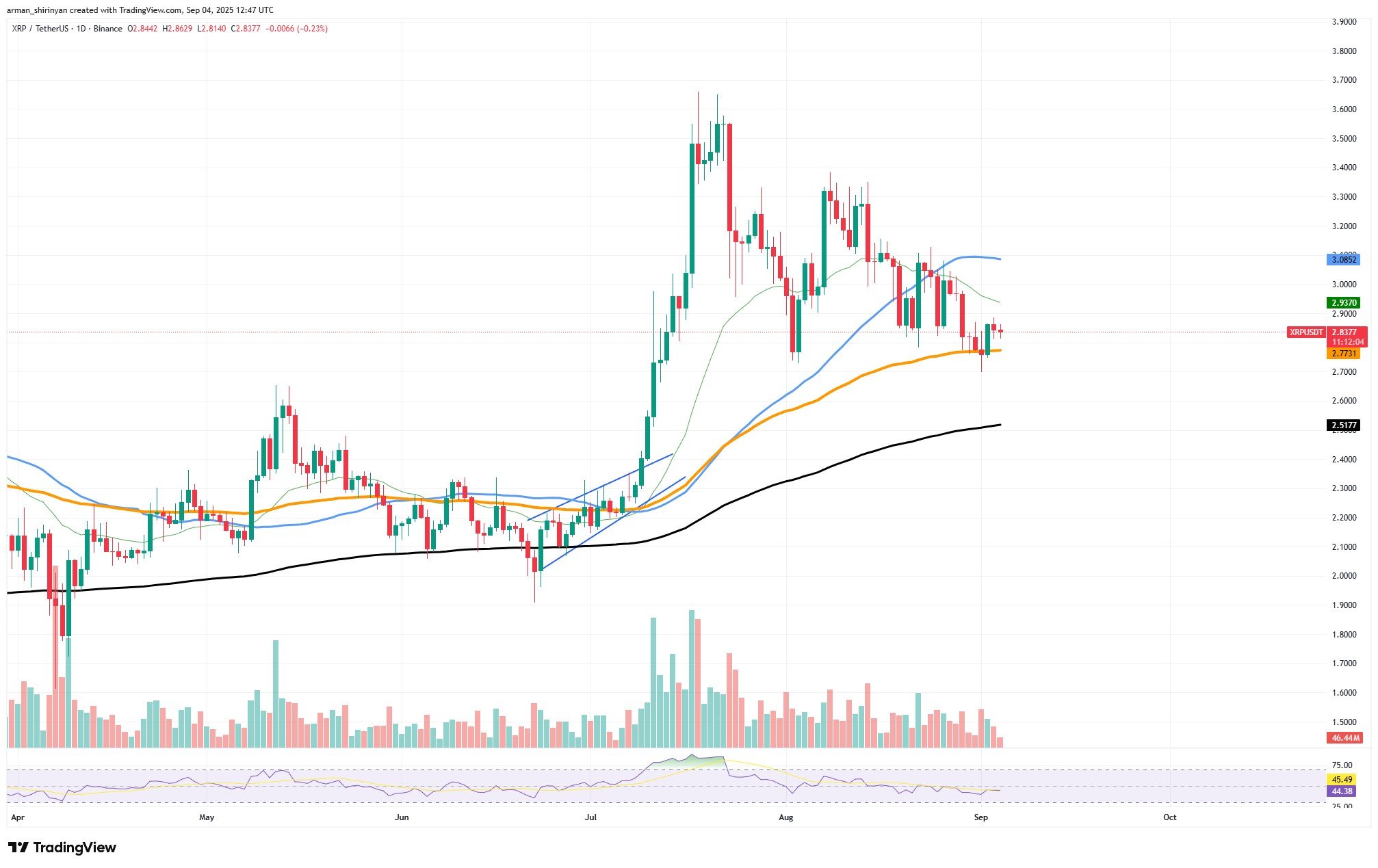XRP burn rate is minimal because burns occur only as a tiny transaction fee on the XRP Ledger, not via protocol-level fee burns or community burn campaigns. This means XRP’s deflationary pressure is negligible compared with assets like Ethereum or Shiba Inu, so utility and adoption drive price more than token burns.
-
XRP burns come from transaction fees on the ledger, not from intentional supply-reduction campaigns.
-
Burn volume is proportional to transaction count and tiny per transfer, so overall supply impact remains minimal.
-
Compared to Ethereum’s EIP-1559 and community-led SHIB burns, XRP’s burn rarely outpaces issuance and is not a primary driver of price.
XRP burn rate explained: why XRP burns are minimal, how they differ from other chains, and what investors should watch. Read analysis and chart cues.
What is XRP burn rate?
XRP burn rate describes the amount of XRP permanently removed from circulation via transaction fees on the XRP Ledger. The burn occurs automatically as a tiny fee on each transaction, so the overall burned volume is very small relative to the total supply of nearly 100 billion tokens.
How does XRP burning differ from Ethereum and Shiba Inu?
XRP burning is fee-driven: a minute portion of XRP used to deter spam is destroyed on every ledger transaction. By contrast, Ethereum’s EIP-1559 permanently burns part of gas fees protocol-wide and can create deflationary periods during high activity. Shiba Inu reductions are community-initiated transfers to burn addresses. Because XRP burns are transactional and tiny, they rarely create measurable supply contraction.

XRP/USDT Chart by TradingView
Why are XRP burns so low?
XRP’s ledger uses burns as an anti-spam and network-protection measure, not as a monetary policy. Each transaction consumes a fractional XRP amount, often only a few drops (a drop = 0.000001 XRP). With a total supply near 100 billion, routine transaction burns translate to an almost imperceptible percentage change in circulating supply.
The ledger’s design prioritizes throughput, low fees and fast settlement. This operational focus means burns are a side-effect of use, not a mechanism to engineer scarcity. Official datasets and XRP Ledger statistics (ledger activity reports, RippleNet adoption notes) confirm that burn totals remain small versus overall supply.
How should investors interpret XRP’s burn mechanics?
Investors should treat XRP burns as a secondary metric. Core drivers are payment network adoption, regulatory clarity, and utility demand for on‑ledger transfers. Historically, token burns that materially affected price were those that either burned large volumes (protocol-level) or were marketed and coordinated to reduce supply materially.
Chart note: XRP trading around $2.85 and near the 100-day EMA suggests technical support; a sustained hold could target $3.00, while a breakdown risks $2.50. These price cues reflect market sentiment, adoption signals, and regulatory updates more than burn activity.
Frequently Asked Questions
Does XRP burning make XRP deflationary?
XRP is not reliably deflationary solely due to burns. While some XRP is destroyed with each transaction, the burned volume rarely exceeds issuance or other supply movements. Deflationary outcomes depend on sustained, high transaction throughput unlikely to materially cut supply.
How much XRP is burned per transaction?
Each transaction burns a tiny fraction of an XRP (measured in drops). The exact burn varies by ledger settings but is deliberately minimal to keep fees low while deterring spam.
Key Takeaways
- Design over scarcity: XRP burns are an operational anti-spam measure, not a tokenomics scarcity lever.
- Minimal supply impact: Transaction-based burns are tiny relative to nearly 100 billion tokens.
- Focus for investors: Prioritize adoption, regulatory clarity, and payment utility over burn-driven narratives.
Conclusion
In summary, XRP burn rate is intentionally minimal because burns are transactional and designed to protect the network, not to create scarcity. Investors should weigh adoption metrics, regulatory developments and ledger activity when assessing XRP’s outlook, rather than expecting material deflation from burns.
